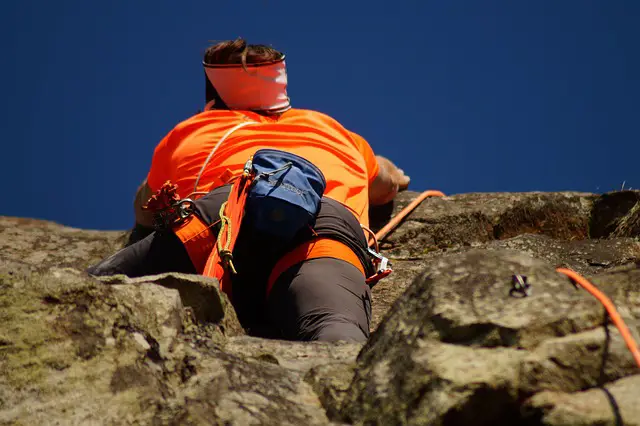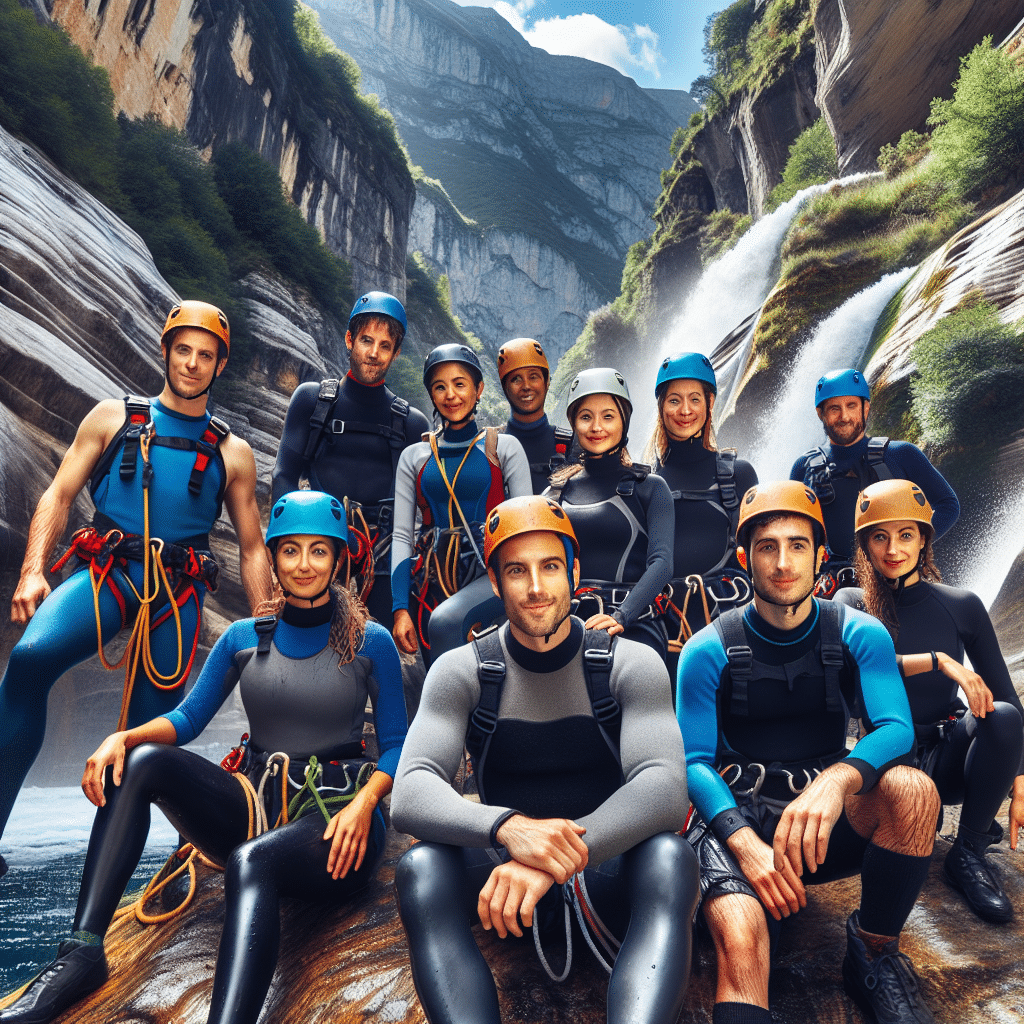Rock climbing is a thrilling sport that tests your physical strength, endurance, agility, and balance along with your mental toughness. If you’re a beginner who has been considering taking up this adventurous sport, here is a comprehensive guide to rock climbing for beginners.
What is Rock Climbing and Why Should You Try It?
Rock climbing, in its most basic sense, is the sport of climbing rock faces, especially with the aid of ropes and special equipment. The goal is to reach an end point, or a summit, without falling.
There are numerous reasons why rock climbing is an exciting sport to take up. The thrill of the climb, the physical challenge, the great outdoors, the camaraderie among climbers, and the ability to push your limits are just a few reasons to give rock climbing a try.
What Does Rock Climbing for Beginners Look Like?
Training and Equipment
As a beginner, your initial rock climbing experience may involve climbing a low, relatively safe rock formation or an artificial rock wall. You’re usually provided with all the necessary safety equipment, such as a helmet, harness, ropes, and climbing shoes.
Learning the Ropes
A professional trainer will teach you how to use this gear safely. Your first few rock climbing lessons would focus on learning the ropes – literally. This fundamental skill involves learning how to tie knots, manage ropes, and belay (the technique of controlling a rope to safeguard a climber).
Getting Started with Climbing
Once you’ve mastered these essentials, you can begin to climb. Initially, you’ll be climbing relatively short routes under the supervision of your trainer. Gradually, as your confidence and skills grow, you will take on more challenging climbs.
Ready to Get Started with Rock Climbing?
Now that you’re equipped with the basics let’s explore some more aspects you need to know before you begin this exhilarating sport.
Understanding Rock Climbing Terminology
Every sport has its jargon, and rock climbing is no exception. Terms like “belay,” “carabiner,” “anchor,” “pitch,” “free climb,” etc., are commonly used in the climbing world. Familiarize yourself with these terms, so you’re well-prepared for your first climbing experience.
Choosing the Right Climbing Gear
Choosing the right rock climbing gear is crucial for a safe and enjoyable experience. This includes the right climbing shoes, harness, ropes, and helmet. As a beginner, you might want to start with rented equipment. As you evolve into a more serious climber, you can invest in your gear.
Choosing a Climbing Style
Rock climbing can take many forms: bouldering, top-rope climbing, trad climbing, sport climbing, and more. Each style requires a different range of skills and equipment. As a beginner, you might want to start with top-rope climbing, as it requires fewer technical skills and is generally safer.
Physical Fitness for Rock Climbing
Rock climbing is a physically demanding sport and requires good overall fitness. Regular exercises to improve your cardio, strength, and flexibility would enhance your climbing ability and prevent injuries.
Conclusion: Embarking on Your Rock Climbing Adventure
Rock climbing for beginners might initially seem daunting. However, with the right guidance, gear, and mindset, you can gradually master this thrilling sport. And remember, rock climbing is as much about the journey as it is about reaching the summit.
So, don your helmet, fasten your harness, tie your ropes, and embark on your rock climbing adventure!




